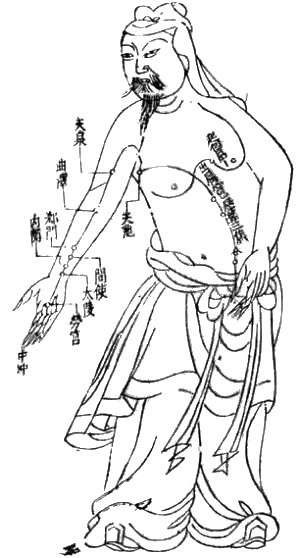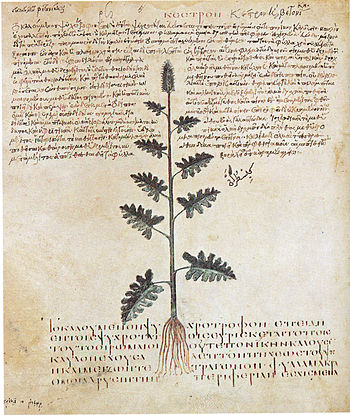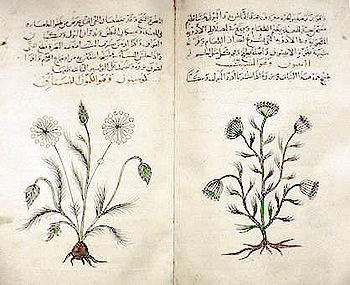 |
| The Pen ts'ao, 1249 C.E. Printed with woodblock, this illustrated book discusses Chinese herbal medicine. (Photo credit: Wikipedia) |
The basis behind herbal remedies is to combine a series of herbs in order to bring about the desired effect. Usually, there will be a formula of four herbs used in combination with each other. This is done in order to treat secondary illnesses that may have been affected by the primary illness. It also helps to balance and strengthen the body while it is healing.
When Chinese medicine begins to divide the various herbal remedies, they will do so by a hierarchy. At the top of this hierarchy is the emperor herb. This will be used to cure the major illness that is taking place. Underneath this is the ‘ministers’ of the herbal remedy. This is used to treat any secondary illnesses that are taking place. After this, herbal ‘assistants’ will be used to support the other two herbs. The last set of herbs will be the messenger herbs, which will tell the primary and secondary herbs where to go and how much of an effect to take on the body.
The herbal remedies that are placed together after this will be divided by the specific symptoms that are being seen. Like all other parts of Chinese medicine, these will first be found through the five elements and how they relate to the body. For example, some herbs will be spicy in order to relate to areas of the body that need this extra element to begin a better flow of Qi.
The last part of herbal medicine from ancient Chinese remedies is to determine the type of energy that is needed by a person. This is found by diagnosis and examining the Qi that is in a person. After this, a specific mixture of these four hierarchies will be mixed together in order to help change the energy flow that is in someone.
By examining the Qi and finding respective remedies through herbs, one is able to find the best solutions using a holistic method. This allows one to benefit from the use of Chinese medicine and herbs in order to fight off an illness or a block of energy in their system.










